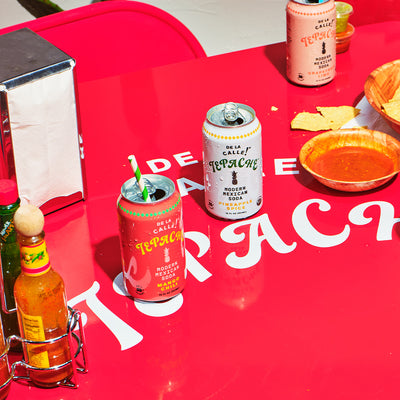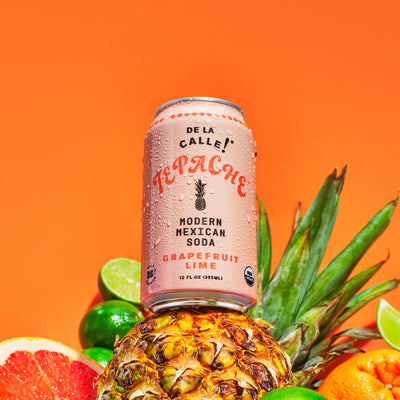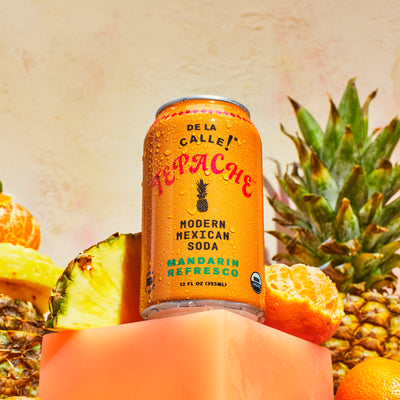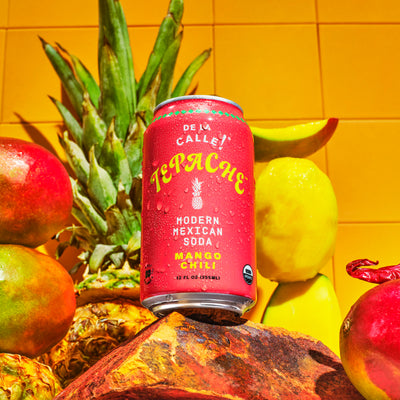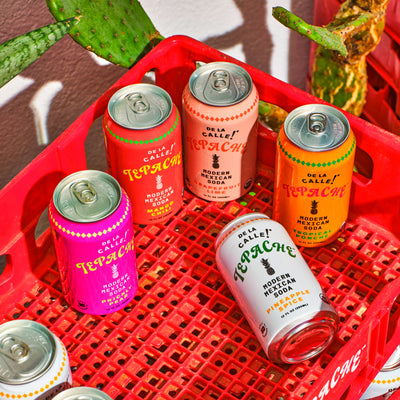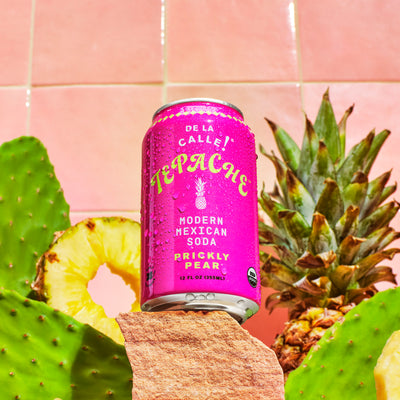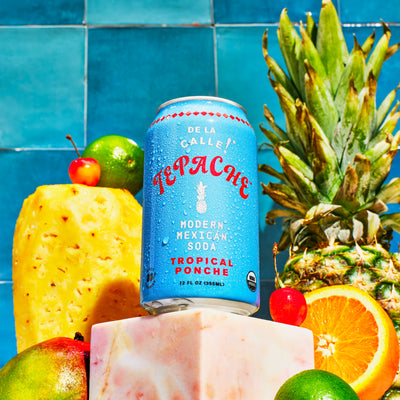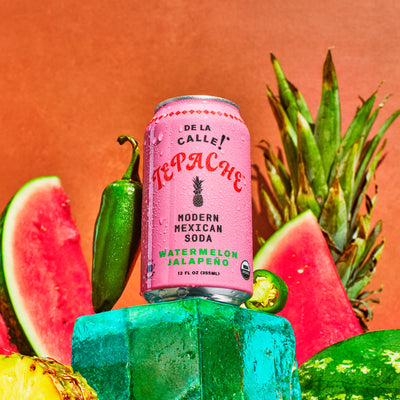Mexican Holidays: Uncovering Ancient Traditions

Mexican culture is a rich, diverse blend of the cultures of indigenous peoples and the culture brought by the Spanish conquistadores. The history of Mexico and Mexican cuisine is one of conquest, colonization, and liberation. Today, several important Mexican holidays are both political and religious in nature. In this article, we’ll take a look at some distinctly Mexican holidays and how they are celebrated!
Cinco de Mayo
One of the most popular Mexican holidays celebrated in the United States is Cinco de Mayo (“May 5th”). Although people often confuse Cinco de Mayo with Día de la Independencia (“Mexican Independence Day”), Cinco de Mayo has its unique history and festivities associated with it.
History
Cinco de Mayo celebrates the Mexican army’s defeat of the French forces at the Battle of Puebla during the Franco-Mexican war. In 1861, Mexico elected Benito Juárez as president. Juárez was a lawyer and a member of the indigenous Zapotec tribe. At the time of President Juárez’s election, Mexico was financially unstable and very vulnerable due to internal strife. For this reason, they were unable to pay back their debts to Europe.
France, Britain, and Spain sent naval forces to Veracruz, Mexico, hoping that they could demand repayment. Although Britain and Spain were able to negotiate with Mexican officials and consequently withdrew their forces, France saw this as an opportunity to gain land in the Americas rather than an opportunity for repayment. With orders from Napoleon III, French forces stormed Veracruz and forced President Juárez to retreat.
Given that France was a major world power at the time and Mexico was struggling so much financially and politically, the French were sure of swift military success. General Charles Latrille de Lorencez sent 6,000 French troops to Puebla de Los Angeles, a town in east-central Mexico. President Juárez saw the attack coming and assembled a force of 2,000 men. Although these men were not soldiers by training, they were loyal to President Juárez, and several of them came from indigenous backgrounds, so they were intent on defending their land.
General Ignacio Zaragoza led the Mexican troops to the town and prepared it for the French attack. On May 5th, 1862, the Battle of Puebla erupted and lasted from dawn until dusk. In a shocking turn of events, the Mexican forces prevailed, with 500 French soldiers lost and less than 100 Mexican casualties.
Although the Battle of Puebla was not a major turning point in the war at large, it represented a huge symbolic victory for Mexico and gave much-needed strength to the Mexican forces. In 1867, France withdrew from Mexico.
How Is It Celebrated?
In Mexico, Cinco de Mayo is primarily celebrated in the state of Puebla, where the battle occurred. There are military parades, reenactments of the Battle of Puebla, and other festivities remembering the success of the Mexican forces. That said, Cinco de Mayo is not an official state holiday in Mexico, so banks, schools, and stores stay open.
In the United States, Cinco de Mayo is celebrated as a way for Mexican-Americans and Mexican immigrants to honor their Mexican culture and heritage. The rise in popularity of Cinco de Mayo in the United States emerged in the 1960s as Chicano activists raised awareness about the holiday. It was important for them to celebrate Cinco de Mayo to cultivate a sense of Mexican pride and because they identified with the symbolism of the battle as a Mexican defeat of colonizing European forces.
American celebrations of Cinco de Mayo include traditional Mexican folk music and dancing, parades, parties with friends and family, mariachi music, and, of course, lots and lots of food. The biggest Cinco de Mayo celebrations take place in the cities with the largest Mexican-American populations, such as Los Angeles, Chicago, and Houston.
Try These Recipies!
If you want to celebrate Cinco de Mayo at home this year, one of the best ways to do so is by making traditional Mexican foods. Alongside the classic tacos, salsa, and guacamole, you can try making other delicious dishes like mole poblano, tostadas, enchiladas, and tepache.
Tepache is a traditional Mexican street beverage that’s made from fermented pineapple. Although it might sound difficult to make, it’s surprisingly easy to whip up a batch of tepache. All you need is a pineapple, sugar, whatever fruit or spices you like for flavoring, and time!
A perfect snack to pair with a glass of tepache is a tostada. To make chicken tostadas, all you need are corn tortillas to make the shells, shredded chicken, black beans, guacamole or salsa, and Cotija cheese. To prepare the tortillas, simply cover them in oil and salt and bake them for 6 minutes on each side. From there, top each tortilla with your filling of choice, and get ready to wow your Cinco de Mayo guests!
Semana Santa
Semana Santa (“holy week”) is the name given to the week-long celebration of Easter that happens in Mexico every year. The week leading up to Easter is known as Semana Santa, and the week after Easter is known as Semana de Pascua. It’s common for Mexican schools and businesses to close during this time because it is widely regarded as an important time for religious worship and to be with family.
How Is It Celebrated?
Although Semana Santa is a time for relaxation and fun, it’s also a deeply religious holiday. In many parts of the country, there are large-scale processions and passion plays. The most elaborate Semana Santa celebrations are found in the following cities: Taxvo, Pátzcuaro, Oaxaca City, and San Cristobal de las Casas.
On Palm Sunday, the Sunday before Easter, there are reenactments of Jesus’ arrival in Jerusalem. The Thursday before Easter is usually celebrated by visiting seven churches, attending a food washing ceremony to commemorate Jesus washing the feet of the apostles, and attending mass.
On Good Friday, over one million people gather in Izatapalapa for the Via Crucis (The Way of the Cross), where a reenactment of Jesus’ crucifixion takes place. The next day of Semana Santa is Holy Saturday, where different Judas figures are crafted and then destroyed. The final day of Semana Santa, Easter Sunday, is usually celebrated as a quiet, family event that involves going to church together and then sharing a meal.
Try These Recipies!
There are several foods associated with Semana Santa, such as tortitas (croquettes), specifically tortitas de coliflor (cauliflower croquettes), caldos (broths), and romeritos. Romeritos are a type of Mexican green that somewhat resembles rosemary and taste like spinach. They are a staple at both Christmas and Lent celebrations.
Fish is also an important part of Semana Santa celebrations. On Good Friday, a traditional fish soup is often made with lima beans, and shrimp is served with a sauce called pipian made from pumpkin seeds.
The most popular dessert for Easter is capirotada. This bread and butter pudding is made with bread, butter, cheese, milk, raisins, cinnamon, and various dried fruits. It’s usually served throughout Semana Santa, especially on Easter Sunday.
Conclusion
Holidays are a central part of Mexican culture. Although not as popular in Mexico, in the United States, the most popular Mexican holiday is Cinco de Mayo. What started as a commemoration of the Battle of Pueblo has become a general celebration of Mexican heritage in the United States. The most festive week of the year is Semana Santa, the week before Easter, where there are festivities, parades, processions, and time for deep religious reflection.
Sources:
The Real History Of Cinco De Mayo | NPR
8 Impressive Health Benefits of Pineapple | Healthline
Washington State Department of Health – Health Benefits of Fish | DOH

